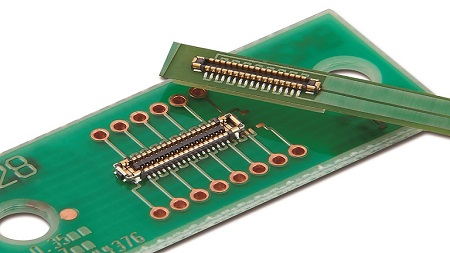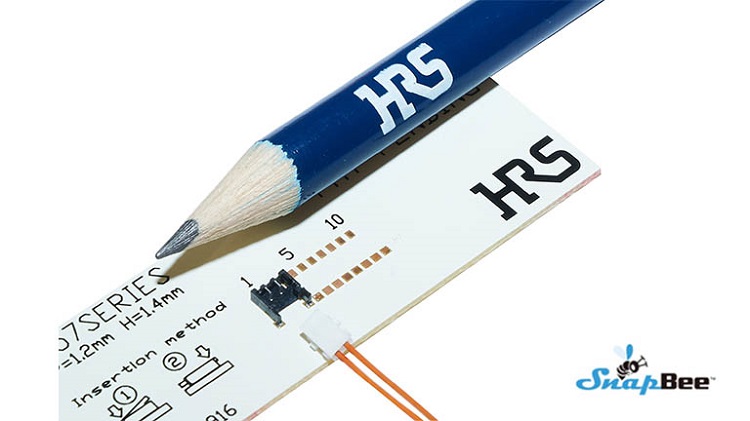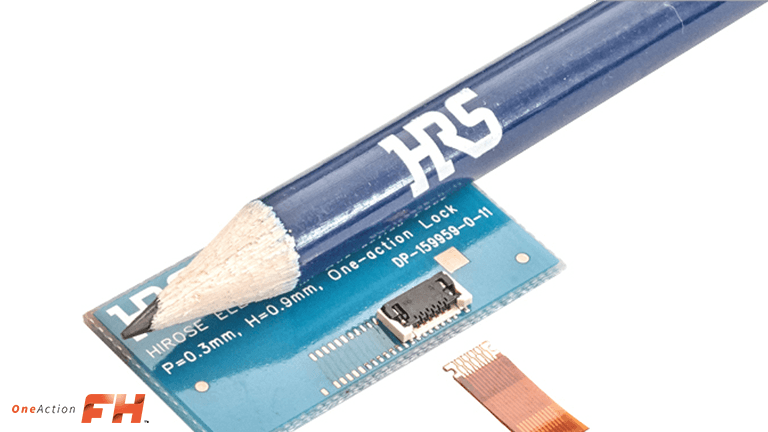Redefining healthcare & the interconnection technology repercussions
How our society approaches the maintaining of public health has been going through radical changes over the course of the last decade. An ageing population, alongside the issues caused by poor diet and greater exposure to pollution, mean that a larger proportion of people are in need of some form of treatment or support. Consequently, there are increasingly heavy demands being placed upon medical resources.
Having to contend with limited available budgets and staff shortages, the healthcare sector needs to look at more efficient and less labour-intensive methods for dealing with a rising quantity of patients. This is resulting in a move away from clinically located activities to ones that are carried out within the home.
The dynamics just outlined are leading to a rapid expansion in the home-based medical equipment market. A recent study published by Allied Research estimates that it will experience a compound annual growth rate (CAGR) of 6.1% between now and 2027, with total annual revenues of $56.5 billion being reached by the end of that timeframe. Mordor Intelligence likewise expects a CAGR of over 6% to be witnessed between now and 2026.
Such equipment can serve two main purposes. Firstly, there are the items of equipment intended for treatment/therapeutic work (such as home dialysis machines and respiratory apparatus). Access to hardware of this kind means that patients suffering with long-term illnesses can avoid having to spend extensive periods of time in the hospital, with the result that they can enjoy a better quality of life.

Figure 1: Hirose BM28 connectors
for carrying both power and signal
The second purpose is for home-based health monitoring. This offers even greater opportunity for widespread proliferation - with tens of millions of people around the world already benefiting from it, and the scope for the number to increase still further in the years ahead. Here data is acquired from sensor devices. This data can be seen by the user themselves; if it is purely for them to keep a check on certain parameters (like blood glucose, blood pressure, heart rate, etc.) on a regular basis. For more serious conditions, the data will automatically be uploaded to the cloud, so that it can be examined by a clinician - in order for them to see if there are any potential issues emerging. If there are, then recommendations can be made to change to the treatment being administered or increase the dosage of medication. Periodic monitoring will generally rely on portable equipment, but if continuous monitoring is required then a body-worn sensing arrangement is going to be applicable.

Figure 2: Hirose’s DF65 low-profile
wire-to-board connectors
Interconnect requirements
Given that wearable monitoring equipment needs to be comfortable for the patient, it is essential that this can be housed within a compact form factor and be lightweight too. The constituent components specified for such designs must reflect these design criteria - having small dimensions, so that PCB area can be utilised efficiently. If ongoing operation is to be supported, then components with high degrees of robustness will also be called for. This is made even more important as equipment intended for home use is more likely to be badly treated than it would be by professional medical staff within a clinical location.
The miniaturised connectors developed by Hirose, and available via Avnet Abacus, respect the expectations of medical design implementation, in relation to both the space constraints involved and the reliability aspect. A variety of solutions can be chosen from, depending on the specific application requirements.

Figure 3: DF57H wire-to-board
connectors with swing locking
With a 0.35mm-pitch, the Hirose BM28 series board-to-board and or board-to-FPC connectors take up a minimal footprint. They are highly optimised for space-limited deployments, as their mated height profile is only 0.6mm. Also they can carry both power and signal, so that less of these units are needed in each design. Compliant with the USB4 Gen2 protocol BM28 connectors are capable of delivering 10Gbps data rates. They can be supplied in contact options from 6 to 60, and can carry currents of up to 5A. The proprietary 2-contact structure means that a connection is always maintained even in difficult circumstances.
The DF65 series of 1.7mm-pitch wire-to-board connectors also have low profiles (extending only 1.7mm above the board). This allows them to fit into enclosures where there is little room. Their vertical mating also offers greater convenience. Blade contacts are incorporated, so as to maximise operational robustness and ensure elevated levels of reliability. The latched locking mechanism employed in these connectors enhances their interconnect retention properties.
The reinforced swing locking feature utilised by members of the UL and C-UL certified DF57H surface-mount wire-to-board connector series offers resilience to very heavy cable pull forces. These units can be supplied with gold-plated contacts for added durability. Over 30,000 mating cycles can be supported. Insertion guide keying prevents damage from occurring through misalignment during mating procedures.

Figure 4: Hirose FH72 connector
As well as saving space, the FH72 series of FPC connectors enable the assembly process to be accelerated, thereby helping to reduce the costs associated with cable installation on OEM manufacturing lines. The patented One Action FHTM functionality means that, unlike conventional methods, only FPC/FFC insertion is needed to complete the connection. The production operative simply has to open the actuator, insert the FPC/FFC, and then close the actuator again. It is also possible for this work to be conducted via automated machinery. With far fewer operation steps being required, the time taken to complete installation can be reduced to just 33% of what would normally be needed. This makes the specification of these connectors highly advantageous regarding high-volume price-sensitive medical wearables.
It is evident that greater use of medical technology in the home will help to alleviate the pressures that medical professionals are currently being subjected to, while simultaneously curbing the operational expenses involved in care services too. This is why connectors need to be specified that have small footprints and low profiles, plus elevated power delivery capabilities, continued reliability, and secure locking mechanisms.
Hirose’s range of connectors for healthcare and wellbeing applications meets this set of requirements. Find out more about the range, or if you’re ready to take the next step with your design get in touch with our team of field applications engineers to discuss your questions.

Want more like this? Subscribe to our newsletters
About Author
Marco Enge
As a Senior Product Manager Marco is responsible for product marketing and strategy for interconnect...
abacus content library/articles/redefining-healthcare-and-the-interconnection-technology-repercussions
Redefining Healthcare & The Interconnection Technology | Engineers' Insight | Avnet Abacus






